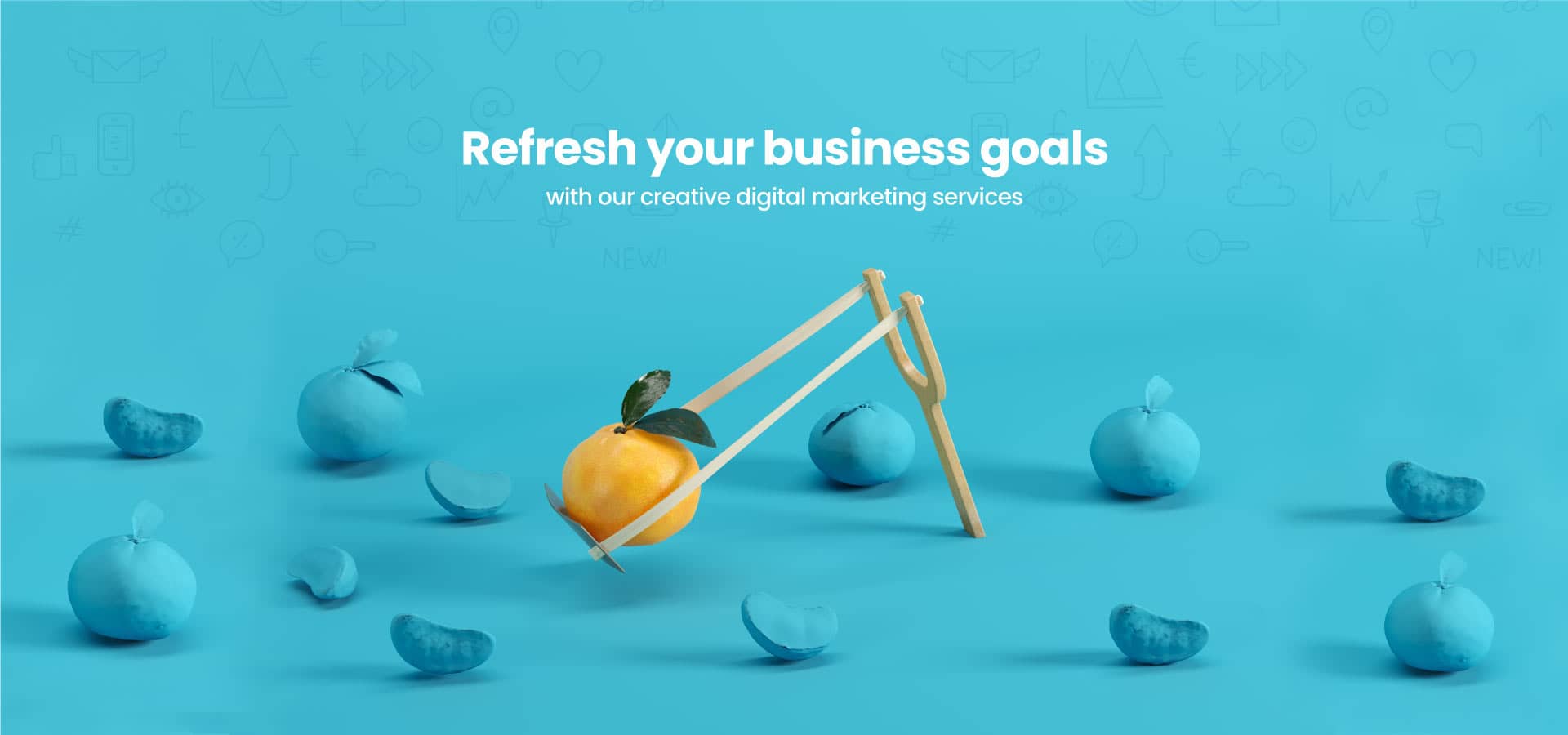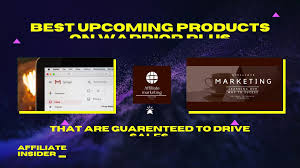
You will likely need to outsource content writing, regardless of whether you are a novice or a seasoned ecommerce expert. Here are some tips to help you ensure your content delivers the best results. It is possible to create compelling content by creating a buyer persona. To attract customers, you can use keywords and include persuasive words to persuade.
Creating buyer personas
The best way to make content that appeals to the most potential buyers for your product/service is by creating buyer personas. Understanding your buyer's motivations and goals will help you tailor your content to them. You can then use these buyer personas as a guide for your marketing team and create copy that addresses their specific needs. This article will outline the most important aspects to consider when creating buyer persons for ecommerce content.
First, learn about your target customers to create buyer personas. Consider how your competitors approach the target audience. Do they use surveys or web forms? What are their most desired products and/or services? Can you identify the buyer traits? You can build buyer personas by collecting data on your target market. By developing buyer personas based on your research, you can develop effective content for your website.
After developing your buyer personas, you should distribute them to your marketing and sales team so that everyone is familiar with them. Personas are not complete. They will keep changing as your business grows. Therefore, you should update them as you see fit. The buyer persona should reflect your customer's journey from the first purchase to the last. This article will provide an overview of some of the common steps involved with creating buyer personas.
Using keywords
You should take into account a few things when writing ecommerce content. Keyword difficulty should be considered. This measurement determines the difficulty of ranking for a keyword in Google. You can get this information using tools such SEMrush’s Keyword Difficulty Instrument or Ahrefs’s Domain Rating. Choose keywords with low competition and high transactional intent to optimize your content.
Begin by researching your keywords. Keywords are an essential part of SEO, even though it might seem obvious. Google may penalize your content for overuse of keywords. Use long-tail keywords to avoid this problem. If you are selling sneakers in your store, then include the term "nikeshoes" in your product description. To increase the likelihood of your content being ranked, use a broader, more targeted, and more unique keyword strategy.
Another factor that should be taken into account is keyword density. While long-tail keywords have lower competition, short-tail keywords are more specific. Long-tail keywords are great examples of luxury car service. You can add a region to your keyword to further optimize it for SEO. This will help local customers find you business. Avoid keyword stuffing but remember to only use keywords when absolutely necessary.
Creating static content

Creating static content for an ecommerce site is easier than ever. It is easier than ever to create static content for an ecommerce site. You should have a complete list of all SKU codes that are applicable to the products you sell. It is important to have a complete list of SKU codes in order to build a website with high conversion rates. In addition, a comprehensive product catalog can help you build a brand image and increase traffic.
Dynamic content offers a better user-experience. The number of customers who are interested in relevant products and offers increases conversions, and the average order value (AOV). This article will explain how dynamic content changes on a website based on user signals. It matches customer segments with product segments. Ecommerce websites have many benefits from dynamic content. Continue reading for more information. Once you've determined which one works for you, you can create dynamic content.
Many people don't have the time or skill to write HTML code. Fortunately, there are static site generators that solve this problem. These programs produce web pages that are easier to maintain and load than dynamically generated content. Although static content generators don't usually include an administration interface or WYSIWYG editor, they do provide a command-line interface for creating new content. While static site generators are not meant to be used in place of content management systems, they can provide a great alternative for ecommerce sites.
Use persuasive words
In eCommerce content writing, persuasive words are crucial. Customers associate honesty with simpler content. But many customers are faced with tensions or struggles before making a purchase. Distracting statements can help to divert their attention from the struggle. Listed below are a few examples of persuasive words that can help you make your content more compelling. Once you are proficient in these words, you will be well on your path to increasing sales.
The power words can elicit strong emotional responses in readers. They are able to evoke an emotion in a customer and give them a mental picture about what the product will look. In eCommerce content writing, these words are referred to as "power words." Bangs Shoes are a great example. Their product descriptions are full of power words. This will lead to sales. Also, remember that a compelling product title should be easy-to-read and to navigate.
Customers often have very short attention spans. Most people visit eCommerce websites to seek answers to their questions or the right product. They don't have the time or desire to read hundreds of pages to make a decision. Write for eCommerce websites from both the customer's and store's point of view. Be sure to give them all of the details that they require. If you can't write a compelling e-commerce copy, don't be afraid to challenge your readers.
Retaining technical features at the back-end
Traditional ecommerce platforms tightly link the back and front ends of their systems. This makes it simple to set up an online store, but it also limits flexibility and creates vulnerabilities. Shopify merchants using apps often experience issues with site speed. Small popup widgets can reduce page speed, and may introduce vulnerabilities due conflicts between JavaScript CSS. The merchant may also have to adjust a widget to look exactly like an icon.
Landing pages

You can attract more customers by creating landing pages for your ecommerce content. As visitors are familiar with the brand and offer, these landing pages should be conversational. The landing pages must be persuasive and contain a call to actions button to direct them to next steps. It can seem time-consuming to develop a unique selling point (USP), but this will help you establish your brand positioning and structure landing pages.
Before you embark on the task to create a sales funnel you need to think about who you are targeting. Take into account your email marketing goals. These will help you determine whether your page is generating leads and converting them into customers. To track eCommerce landing pages, you can use email marketing software and Google Analytics. These topics are covered more fully in the next section.
Developing a landing page is a process, and it's not as easy as it sounds. A landing page can be written with a headline or a subheadline. However, your main goal should always be to get the visitors to their email address and make purchases. A sub-headline, or an image can be added to your eCommerce content writing to increase conversions. In addition to creating an engaging headline, you should make sure that the content is informative and useful. Your SEO can be improved by including case studies and testimonials.
FAQ
How often do I need to update my website
There are many options for updating your website. One option is to use a CMS (Content Management System). This will allow you to edit all the content on your site easily without needing any code.
A plugin that updates your website automatically is another option. These plugins can be purchased through WordPress stores, or you can install them yourself.
WPtouch and Yoast are two other free plugins. It's a good idea test out different methods to see which works best.
How do I start SEO?
There are many ways to get started with SEO. It is important to first identify the keywords you wish to rank for. This process is called "keyword analysis." Next, you'll need to optimize each website page for those keywords.
Optimization includes adding relevant titles, descriptions, and meta tags; creating unique page URLs; and linking to other websites. After optimization is completed, your website will be submitted to search engines such Google, Yahoo! and Bing.
You'll also need to keep track of your progress over time to know if you're succeeding or failing.
What are different SEO strategies available?
Search engine optimization (SEO), search media optimization (SMO), as well as pay-per click advertising (PPC) are all examples of different SEO strategies.
SEO is a way to optimize content for certain keywords through text formatting and HTML code.
This makes your site appear higher on search results pages.
Social media optimization is the process of optimizing your website so that it can be used on social networks, such as Twitter, Facebook, or Google+.
These will help build your brand online and make it more popular with visitors who are searching for related subjects.
Lastly, PPC ads appear at the top of search results pages, showing relevant products and services.
Advertisements on Google paid searches are the most popular type of PPC advertising. These ads cost money, but are extremely effective.
There are many other types of PPC advertising, including video ads, display ads and sponsored posts.
How can I create an SEO strategy for my website?
To create an effective SEO strategy, you must first understand what you want and how you intend to achieve it. This will allow you to organize your content around these goals.
The second step is to begin working with keywords. Through keyword research, you can get insight into what people want to find by using certain words. You can then write articles around these topics using this information.
After writing your articles ensure that you include your target keywords in them. You can also optimize your articles by adding images and videos that are relevant. Lastly, link to other related pages wherever possible.
Once you're done writing the content for your website, it's now time to optimize it!
Where should my website be located?
Your website must be at the top of search results. This means it should appear at the top of each search result. There may be hundreds of pages for some search terms. What makes your website different from these competitors?
Statistics
- Sean isn't alone… Blogger James Pearson recently axed hundreds of blog posts from his site… and his organic traffic increased by 30%: (backlinko.com)
- A 62.60% organic traffic boost to that page: (backlinko.com)
- Deleting those 10k pages is one of the main reasons that he improved his site's organic traffic by nearly 90%: (backlinko.com)
- These guides are designed and coded 100% from scratch using WordPress. (backlinko.com)
- 64% of marketers actively create SEO campaigns because they help hit multiple key performance indicators (KPIs), including increasing traffic, helping your site rank for relevant keywords, improving your conversion rate, and much more. (semrush.com)
External Links
How To
What you should know about duplicate content, SEO and other topics
Duplicate content can be a problem for webmasters and search engine operators alike. There are two types. External and internal duplicates. Internal duplicates occur when multiple pages within a site contain identical content. External duplicates occur when a page contains identical information to another URL.
Internal duplication occurs when more than one page contains the same text or images. Poor copywriting skills can lead to this type of duplication. Poor copywriting is when you don't have unique content on each page. Doing this will result in internal duplicates.
External duplication occurs when a single page contains similar information to other URLs. You can create external duplication if you have a product category page that lists all your products and one page that lists all your other products.
Google doesn't penalize websites if they have duplicate content. Google does penalize websites that try to manipulate its algorithm to rank higher. If your website contains duplicate content, make sure it isn’t manipulative.
Link building is the most popular way to alter Google's algorithm. Link building involves creating hyperlinks between your website (and other websites). These links look unnatural and can cause Google to devalue you website.
Here are some ways to avoid linking manipulation
-
Avoid low-quality backlinks (those that come from spammy sources).
-
Anchor texts should be relevant to your site.
-
You should create unique content for each page of your site.
-
High-quality content.
-
A good domain name is essential.
Do not worry about duplicate content. Instead, you should be focusing on creating unique content for each page of your website. That will help you get better rankings on search engine results pages.